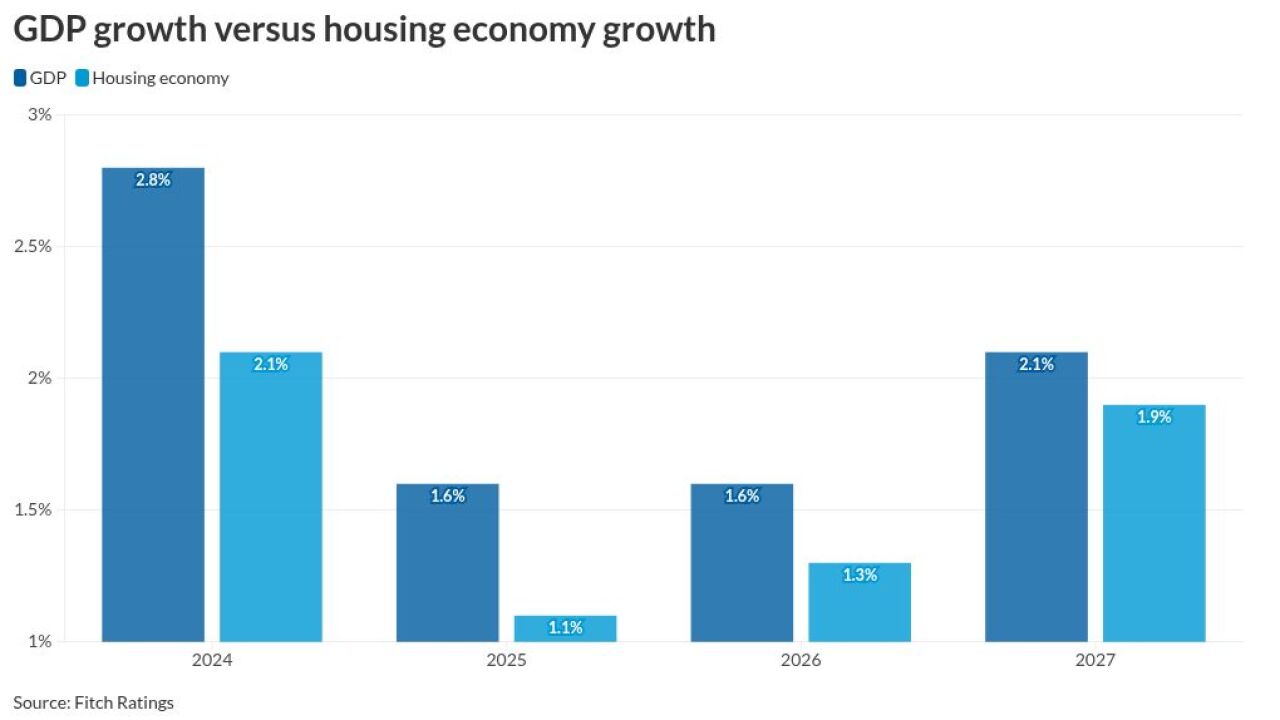The snarky comments about financial engineering practically write themselves: An exchange-traded fund investing in collateralized loan obligations? What could go wrong?
CLOs have always been something of a bogeyman on Wall Street because of their association with collateralized debt obligations and the seemingly nefarious alchemy of taking pools of speculative-grade loans and turning them into securities with pristine ratings. A widely read article from June in The Atlantic, titled “The Looming Bank Collapse,” cast the $710 billion CLO market as the main culprit that could bring about another financial crisis.
Still, the fear over CLOs persists, even among the most knowledgable market veterans. GTS Mischler Principal Reggie Browne, nicknamed the “Godfather of ETFs,” said last month that he was worried about individual investors piling into funds tracking CLOs. “Pros, they’ll get it right. My concern is mom-and-pop retail. Education may not be as high for certain retail investors,” he said.
As if to head off this concern, the AAF First Priority CLO Bond ETF trades under an unmistakable ticker: AAA.
It’s a clever marketing strategy by Alternative Access Funds for its ETF debut, but it’s also accurate. The fund “will invest in U.S. dollar-denominated first priority CLOs that are rated AAA or equivalent by various nationally recognized statistical ratings organizations,” according to a release. The top tranches have famously never defaulted, even during the worst of the 2008 financial crisis, because they’re structured in such a way that American companies would have to close on a huge scale to even begin to inflict losses. According to analysis from Moody’s Investors Service, the cumulative collateral default rate would have to reach 70% to 80% before double-A CLOs would be impaired, assuming a 60% recovery rate. The triple-A tranche is even further out of reach.
By contrast, market observers would be right to fret if an ETF launched that invests in the equity and mezzanine tranches of CLOs — these portions rightfully stoke fear of individual investors losing their shirts. There are some closed-end funds tracking the riskiest segments, like Eagle Point Credit Co. and Oxford Lane Capital Corp. A Barron’s
That kind of permanent, gut-wrenching loss is virtually impossible with a fund like AAA, in part because when payments get turned off to equity and mezzanine tranches, they flow straight to the triple-A securities. To hammer home the point: It would take a credit event far worse than late 2008 for top-rated CLO investors to even start thinking about impairment.

The liquidity mismatch between CLOs and ETFs is a natural risk, of course, but it’s unlikely to be that much worse than other markets. The largest high-yield municipal-bond ETF
For a better sense of the behind-the-scenes activity in top-rated CLOs, it’s worth recalling a Bloomberg
In the worst of the March meltdown, some dollar prices tumbled to as low as the mid-80 cents on the dollar, with spreads widening to more than 500 basis points. Yet within days, that premium was cut in half as hedge funds, banks and insurance firms swooped in, knowing they could lock in high returns with relatively little credit risk.
As it stands now, triple-A CLOs have spreads of around 135 basis points to 150 basis points over the London interbank offered rate, which is about 25 basis points. That’s not high by any means, but still better than a 30-year U.S. Treasury bond, with significantly less duration risk, and comes close to the 1.97% yield on the broad Bloomberg Barclays U.S. Corporate Bond Index.
As with any part of the financial market, it’s possible a flood of money could make triple-A CLOs too frothy. Still, the only option for now is AAA, with Janus Henderson’s triple-A CLO ETF (ticker: JAAA) waiting in the wings to debut in October if the Securities and Exchange Commission approves it. In its first day, AAA traded around $25.10 in blocks as large as 3,566 shares and in odd lots as small as one share, data compiled by Bloomberg show.
As the past week has made clear, retail investors made any number of questionable wagers in recent months, like





